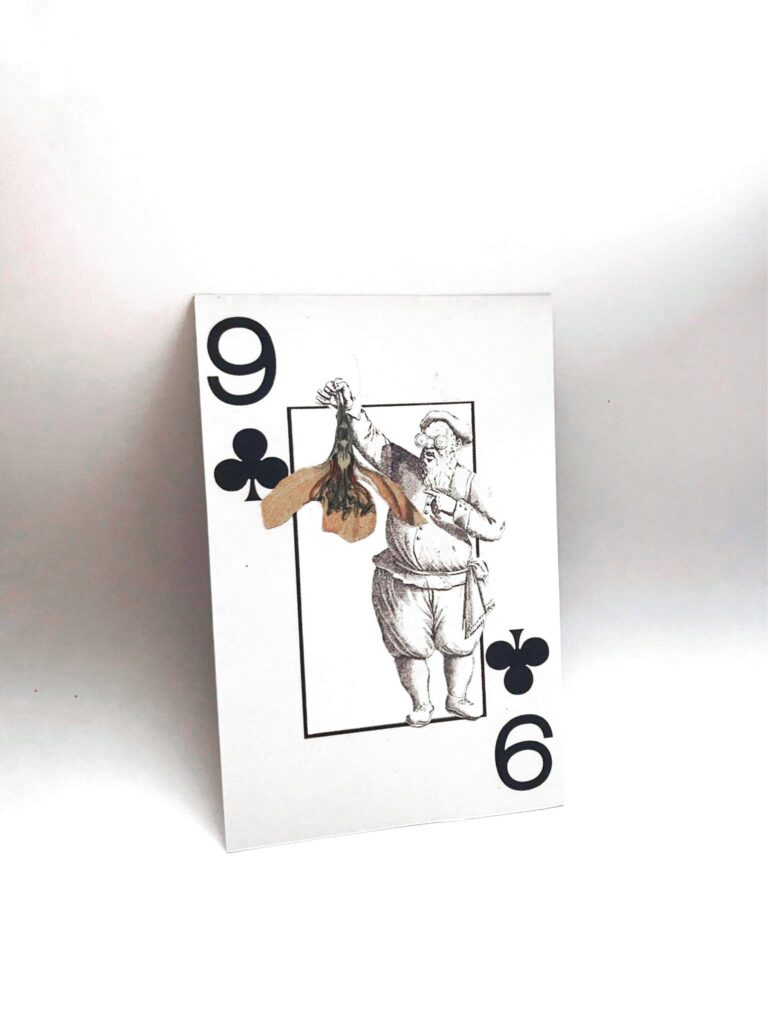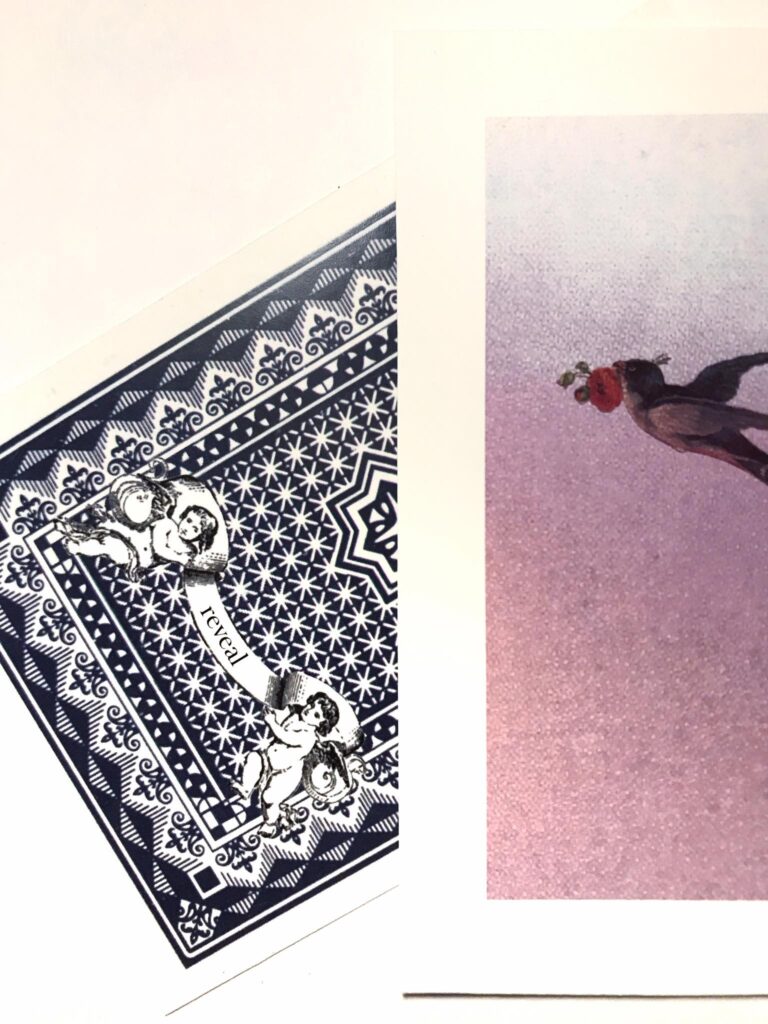The link between word and image are the foundation of any theory of humanity. Whether it is a history of art, of communication, or of the symptom, the link between word and image becomes a source of work. Before the word was the image, said Herbert Read. The unconscious is structured as an image, stated Jacques Lacan (despite later correction). Image and knowledge are coordinates for the development of aesthetics, according to Buck-Morss.
In 1988 a report known as The Humanities in America was presented. The text was published by the National Endowment for the Humanities and addressed to the President and Congress of the United States of America. It is understood that the nomenclature America indicates the American people, however, the result was a prediction not only continental, but global. The number of statistics, an emblematic gesture of pragmatism, formed a dense tapestry with which certain fundamental ideas about the cultural condition at the end of the century were covered. One of these indices pointed to the alarming number of hours Americans spent in front of the television.
The diagnosis was a culture constituted mostly by what it sees and not by what it reads. W.J.T. Mitchell highlights the optimism with which that alarm was qualified. The naive hope consisted in estimating the image as power for the arduous task of promoting cultural values. Some of these had been abandoned by the population, according to the study. Forty years after that indicator, it is clear that the power of the image was not oriented towards redemption, it was placed, instead, as a symptom on the skin of culture. However, in that report the orientations of the image in the culture to come are latent.
On the one hand, the image is used as support for a discourse. On the other, the speech is used as support for an image. That the image explains the word and that the word explains the image is nothing new, it is a long-lived gesture. Horace’s ut pictura poesis synthesizes the pendulum between image and idea, between image and word. From now on this will be one of the ghosts that will accompany both poetry and painting, spilling over into every space where the image takes possession. Culture becomes a niche for such a link.

Davinci’s idea of “painting as silent poetry and poetry as a blind painting” transcended times, periods, eras, and mentalities. Perhaps the popular proverbs that emphasize the relationship between word and image reiterate the amalgamation that covers the knowable. “A picture says more than a thousand words” is probably the aphorism that best represents visual culture. Despite the origin of this adage, be it Norwegian, Chinese, Russian, or French, its popularity is associated with the hype of modernity, another corollary of the narcotic known as speed.
Saying adage is not accidental because it indicates brevity and ease of memory. Added to speed, succinctness, and ease are part of what is valuable for visual culture.
Thus, in an effort to avoid the above, it will be necessary to attend to what the image hides, to search for the thousand words that lie in its silent locution. For this, it is not only necessary to take time and require a space (or perhaps require time and take a space). Revealing the message of an image has been a task undertaken with various results. Iconography or symbolism are some of them. Other bets have been oriented towards the artifice that conjugates the informative or communicative condensation. Closer to omen and prediction, mancias seem to be destined for the cabinet of curiosities. However, the spells concentrate on an ancient lineage that connects them with the Germanic runes or with the Greek oracles. The first supported on stones, the second scattered through a wide range of physical signs. Both required support, a base to support the message, and an image as support.

The link between image and idea, between image and word expresses the history of humanity. Cave paintings, petroglyphs, hieroglyphics, geoglyphs, ideograms, runes, oracles, mancias, tarot, all images, all ideas.
Choose an image and reveal its message.
